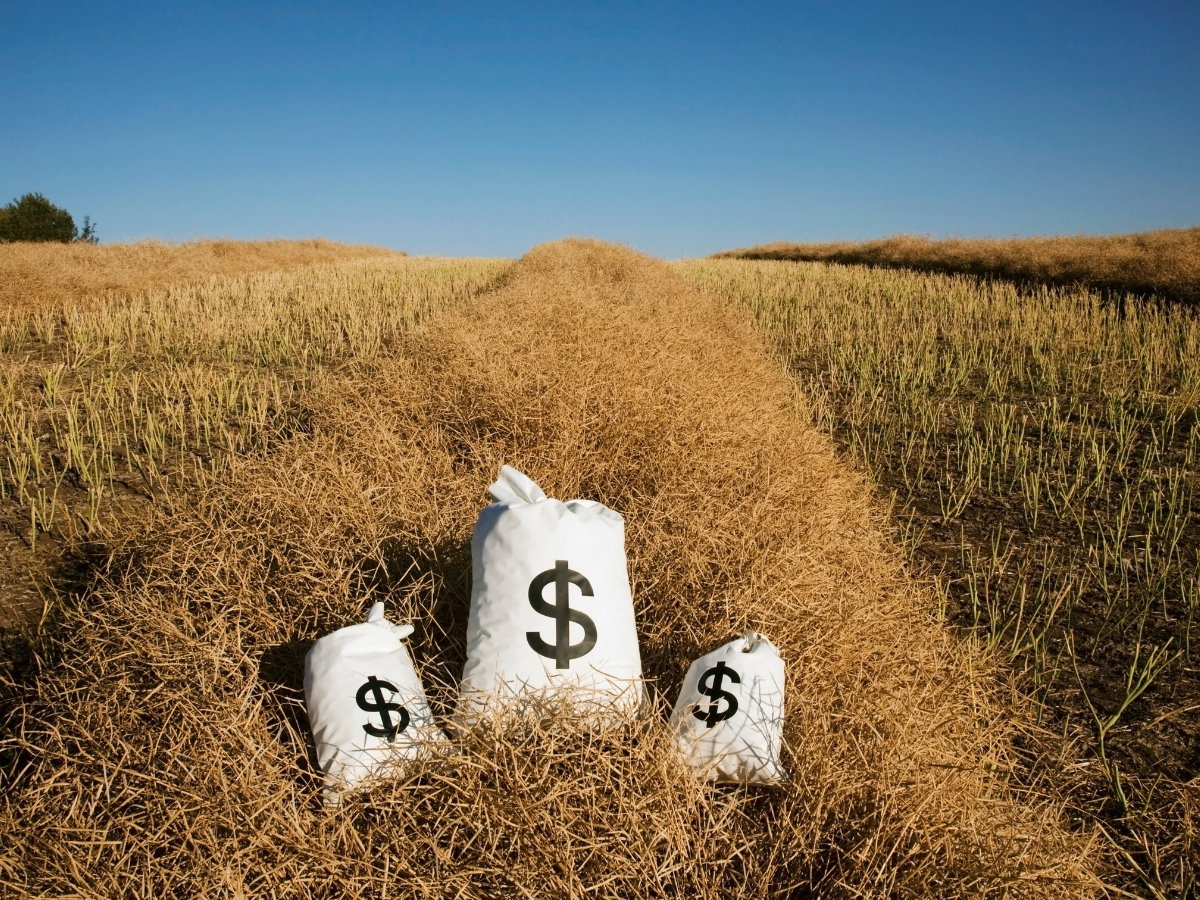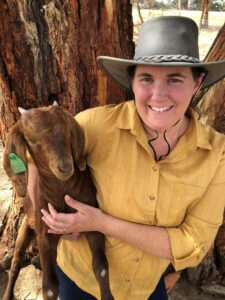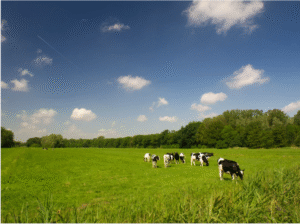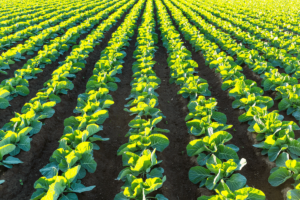You may need a farm loan if you are looking to expand your farming operations or start a new venture in agriculture. One of the first questions you may have is, “How much can I borrow for a farm loan?” The answer depends on several factors, including your financial profile, the type of loan you’re applying for, and the lender’s requirements.
Rivendell Rural Finance explains key factors in securing a farm loan. Loan types include operating loans (for expenses), equipment loans (for machinery), land purchase loans, and livestock loans. Eligibility depends on credit history, income stability, collateral, and debt-to-asset ratio. The loan-to-value ratio also impacts borrowing limits. To improve your chances, maintain a good credit score, build a strong financial profile, and prepare a solid business plan. Essential documents include financial statements, tax returns, and collateral proof. Compare lenders’ interest rates, terms, and customer service to find the best loan for your agricultural needs.
By understanding these factors, you can better determine the borrowing limits available to you and improve your chances of securing the right loan for your farming goals. Whether you’re a seasoned farmer or a newcomer, this knowledge is crucial for your financial success.
Types of farm loans available
When it comes to farm loans, there are several options available to farmers and agricultural entrepreneurs. The type of loan you choose will depend on your specific needs and goals. Let’s take a closer look at some of the most common types of farm loans:
1. Operating Loans: These loans are designed to cover day-to-day expenses such as seed, fertilizer, fuel, and labour. Operating loans are typically short-term and can help farmers manage cash flow during the growing season.
2. Equipment Loans: As the name suggests, equipment loans are used to finance the purchase of farm machinery, vehicles, and other equipment. These loans are often secured by the equipment itself, making them less risky for lenders.
3. Land Purchase Loans: If you’re looking to expand your farming operations by purchasing additional land, a land purchase loan may be the right choice for you. These loans are typically long-term and can provide the funds needed to acquire new acreage.
4. Livestock Loans: Livestock loans are specifically designed to finance the purchase of animals, such as cattle, poultry, or hogs. These loans can help farmers increase their livestock inventory or replace aging animals.
Factors that determine loan eligibility
Now that we’ve explored the different types of farm loans available, let’s discuss the factors that lenders consider when determining your loan eligibility. These factors can vary from lender to lender, but here are some common criteria:
1. Credit History: Lenders will review your credit history to assess your repayment track record and determine your creditworthiness. A good credit score and a history of timely payments can increase your chances of securing a higher loan amount.
2. Income Stability: Lenders want to ensure that you have a stable source of income to repay the loan. They will review your financial statements, tax returns, and other documents to assess your income stability.
3. Collateral: Collateral is an asset that you pledge to secure the loan. It provides lenders with a form of security in case you default on the loan. The value of the collateral can influence the borrowing limit.
4. Debt-to-Asset Ratio: Lenders will analyze your debt-to-asset ratio to determine your financial health and ability to take on additional debt. A lower ratio indicates a stronger financial position and may result in a higher borrowing limit.
Understanding loan-to-value ratio
When applying for a farm loan, it’s important to understand the concept of loan-to-value (LTV) ratio. The LTV ratio is the percentage of the loan amount compared to the appraised value of the property or asset being financed. Lenders use the LTV ratio to assess the risk of the loan.
For example, if you’re applying for a land purchase loan and the appraised value of the land is $500,000, a lender offering an 80% LTV ratio would be willing to lend you up to $400,000 (80% of $500,000).
The LTV ratio can vary depending on the type of loan and the lender’s requirements. Generally, a lower LTV ratio is considered less risky for the lender, while a higher LTV ratio may result in a lower borrowing limit or require additional collateral.
Calculating borrowing capacity for a farm loan
To determine your borrowing capacity for a farm loan, you’ll need to consider several factors:
1. Repayment Capacity: Lenders will assess your ability to repay the loan by analyzing your income, expenses, and debt obligations. They typically use a debt service coverage ratio (DSCR) to determine if your income is sufficient to cover loan payments.
2. Collateral Value: The value of the assets you’re willing to pledge as collateral can impact your borrowing capacity. Lenders will typically conduct an appraisal to assess the value of the collateral.
3. Loan-to-Value Ratio: As mentioned earlier, the LTV ratio can influence the borrowing limit. Higher LTV ratios may result in a lower borrowing limit or require additional collateral.
By considering these factors, you can get a better understanding of how much you can borrow for a farm loan and plan your financing accordingly.
Documentation required for a farm loan application
When applying for a farm loan, you’ll need to provide certain documentation to support your loan application. While the specific requirements may vary depending on the lender, here are some common documents you may need to submit:
1. Financial Statements: Lenders will typically request your financial statements, including income statements, balance sheets, and cash flow statements. These documents provide a snapshot of your financial health and help lenders assess your repayment capacity.
2. Tax Returns: Lenders may require several years of tax returns to verify your income and assess your financial stability.
3. Business Plan: If you’re starting a new venture or expanding your operations, a well-crafted business plan can demonstrate your goals, strategies, and potential for success. Lenders often review business plans to assess the viability of the project.
4. Collateral Documentation: If you’re pledging assets as collateral, you’ll need to provide documentation such as property deeds, vehicle titles, or livestock records.
It’s important to gather all the required documentation before applying for a farm loan to ensure a smooth and efficient application process.
Tips for improving loan eligibility
If you’re looking to maximize your borrowing capacity for a farm loan, here are some tips to improve your loan eligibility:
1. Maintain a good credit score: Pay your bills on time, keep your credit utilization low, and avoid opening too many new credit accounts. A good credit score can increase your chances of securing a higher loan amount.
2. Build a strong financial profile: Keep your financial statements up to date, minimize debt, and demonstrate income stability. Lenders want to see that you have a solid financial foundation.
3. Prepare a comprehensive business plan: A well-prepared business plan can showcase your knowledge of the industry, your growth strategies, and your ability to generate income from your farming operations.
4. Explore different lenders: Don’t settle for the first lender you come across. Shop around and compare loan options from different lenders to find the best terms and borrowing limits that suit your needs.
By following these tips, you can improve your loan eligibility and increase your chances of securing the loan amount you need to grow your farming operations.
Farm loan interest rates and repayment terms
Farm loan interest rates and repayment terms can vary depending on the lender, the type of loan, and your financial profile. Generally, farm loans have competitive interest rates due to the collateral involved. The repayment terms can range from a few months to several years, depending on the loan amount and purpose.
It’s important to carefully review the interest rates and repayment terms offered by different lenders before making a decision. A lower interest rate and favourable repayment terms can help you manage your cash flow and ensure the loan is affordable for your farming operations.
Comparing farm loan options from different lenders
When it comes to farm loans, it’s crucial to compare options from different lenders to find the best fit for your needs. Here are some factors to consider when comparing farm loan options:
1. Interest Rates: Compare the interest rates offered by different lenders to find the most competitive option. A lower interest rate can result in significant savings over the life of the loan.
2. Loan Terms: Assess the repayment terms offered by different lenders. Consider factors such as the loan duration, payment frequency, and any potential penalties for early repayment.
3. Borrowing Limits: Determine the borrowing limits offered by each lender and assess whether they meet your financial requirements.
4. Customer Service: Evaluate the customer service and support provided by each lender. A responsive and knowledgeable lender can make the loan application and management process smoother.
By carefully comparing farm loan options, you can make an informed decision and secure the loan that best suits your farming needs.
Conclusion and final thoughts
Understanding how much you can borrow for a farm loan is essential when planning for your agricultural ventures. By exploring the various types of farm loans available, the factors that determine loan eligibility, and the documentation required for a loan application, you can better prepare yourself for the borrowing process.
Remember to focus on improving your loan eligibility by maintaining a good credit score, building a strong financial profile, and preparing a comprehensive business plan. Take the time to compare farm loan options from different lenders to find the most competitive rates and borrowing limits.
Securing the right farm loan can provide you with the financial resources needed to expand your farming operations, purchase equipment, acquire land, or increase your livestock inventory. With the right loan in hand, you’ll be well on your way to achieving your agricultural goals and ensuring the success of your farming endeavours.
Contact Rivendell Rural Finance today.








